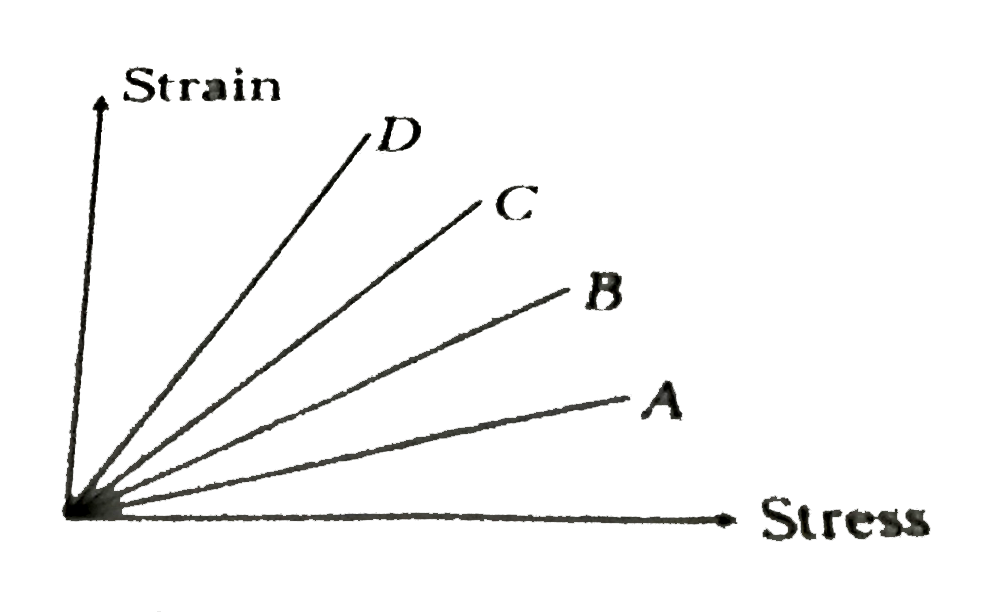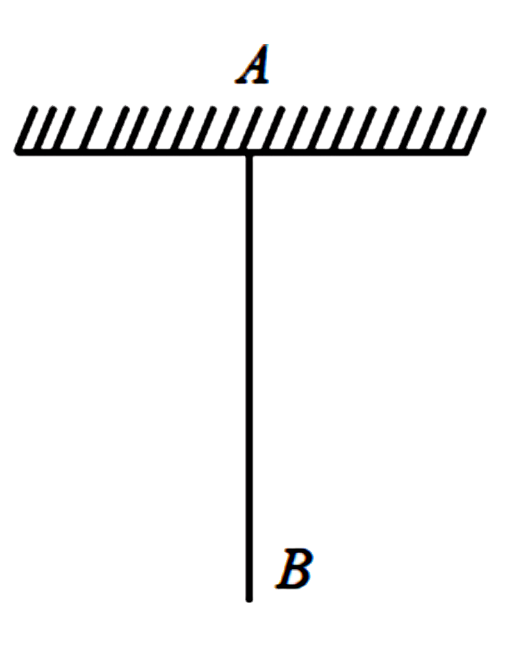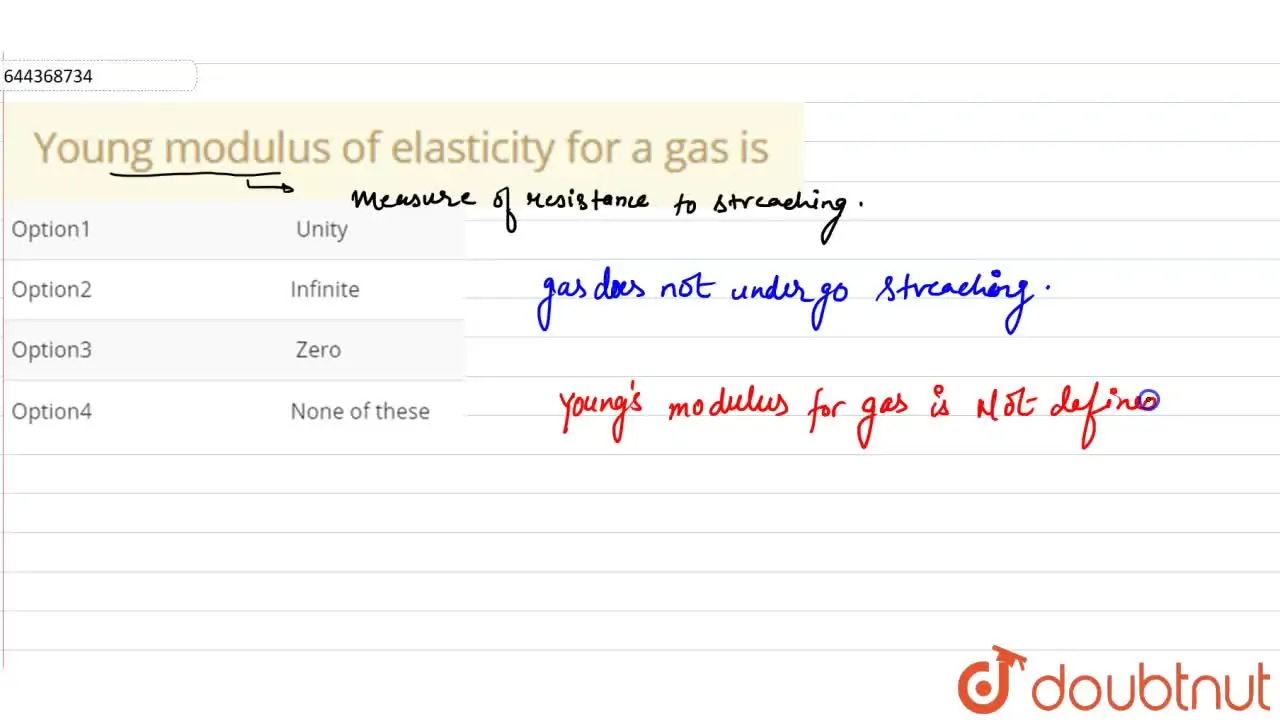Young modulus of elasticity for a gas is
Unity
Infinite
Zero
None of these
Step by step video & image solution for Young modulus of elasticity for a gas is by Physics experts to help you in doubts & scoring excellent marks in Class 12 exams.
Related Playlists
- BOOK - AAKASH INSTITUTE ENGLISHCHAPTER - MECHANICAL PROPERTIES OF SOLIDSEXERCISE - Assignment(Section-A)54videos
MECHANICAL PROPERTIES OF SOLIDS
- BOOK - AAKASH INSTITUTE ENGLISHCHAPTER - MECHANICAL PROPERTIES OF SOLIDSEXERCISE - Assignment(Section-B)26videos
MECHANICAL PROPERTIES OF SOLIDS
- BOOK - AAKASH INSTITUTE ENGLISHCHAPTER - MECHANICAL PROPERTIES OF SOLIDSEXERCISE - Assignment (SECTION - J)2videos
MECHANICAL PROPERTIES OF SOLIDS
- BOOK - AAKASH INSTITUTE ENGLISHCHAPTER - MECHANICAL PROPERTIES OF FLUIDSEXERCISE - SECTION - J9videos
MECHANICAL PROPERTIES OF FLUIDS
- BOOK - AAKASH INSTITUTE ENGLISHCHAPTER - Mock test 03EXERCISE - EXAMPLE44videos
Mock test 03
Similar Questions
In case of bending of a beam, depression depends on Young modulus of elasticity Y as
View SolutionIf Young's modulus of elasticity Y for a material is one and half times its rigidity coefficient η,the Poisson's ratio σ will be
View SolutionThe mean distance between the atoms of iron is 3×10−10 m and interatomic fore constant for iron is 7N/m. The Young's modulus of elasticity for iron is
View SolutionThe value of Young.s modulus of elasticity for a perfectly rigid body is :
View SolutionAdiabatic modulus of elasticity of a gas is 2.1×105N/m2. What will be isothermal modulus if elasticity (CpCv=1.4)
View Solution32 g of O2 is contained in a cubical container of side 1 m and maintained at a temperature of 127∘C. The isothermal bulk modulus of elasticity of the gas is (universal gas constant = R)
View SolutionAssertion Bulk modulus of elasticity of gases is pressure dependent.
Reason More the pressure of gas, more is the Bulk modulus of elasticity of gas.View SolutionStress-strain curve for four metals are shown in figure. The maximum Young's modulus of elasticity is for metal
 View Solution
View SolutionA bar of mass m and length l is hanging from point A as shown in the figure . If the Young's modulus of elasticity of the bar is Y and area of cross - section of the wire is A, then the increase in its length due to its own weight will be
 View Solution
View SolutionYoung's modulus of elasticity is the ratio of
View Solution


